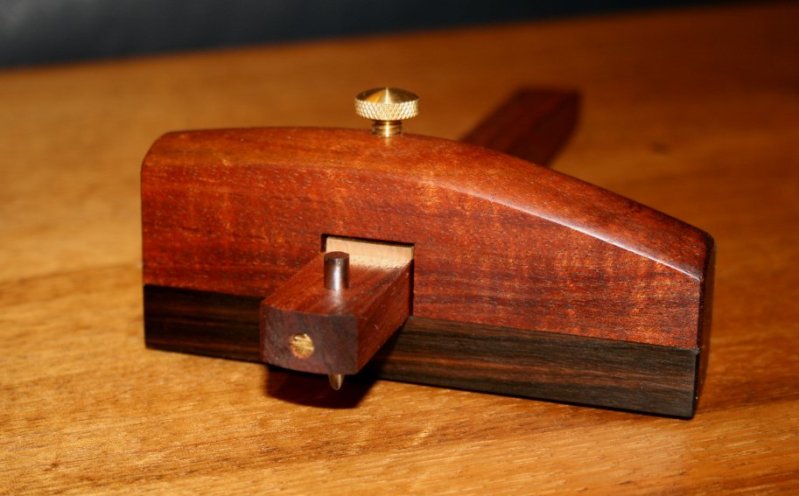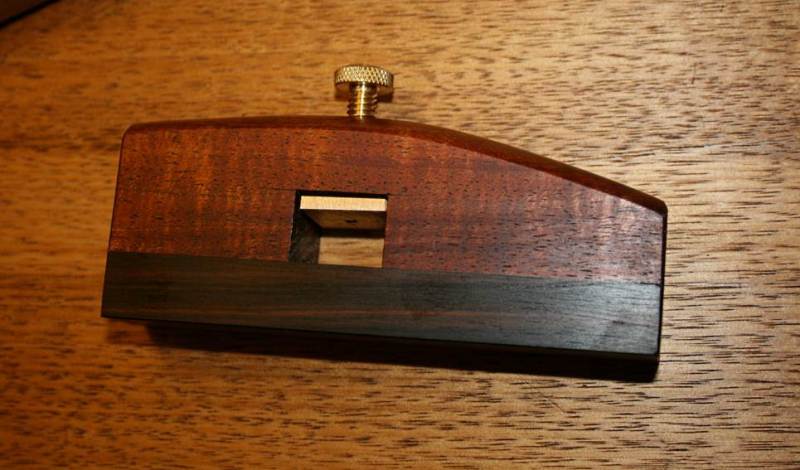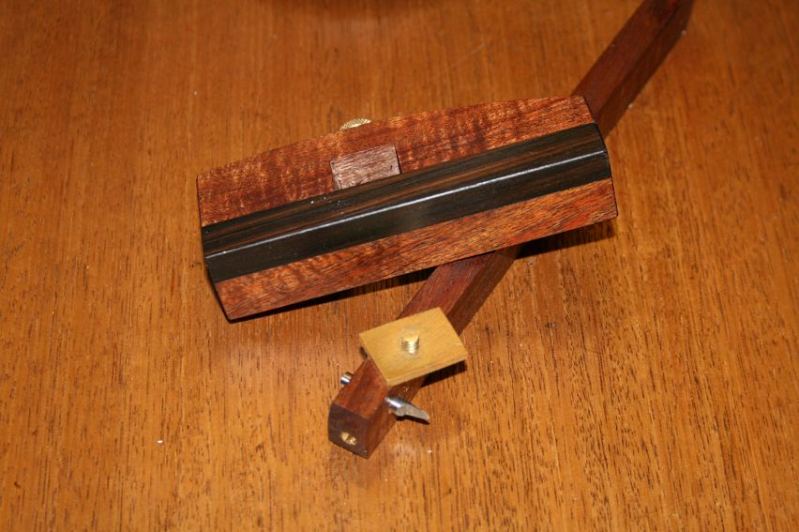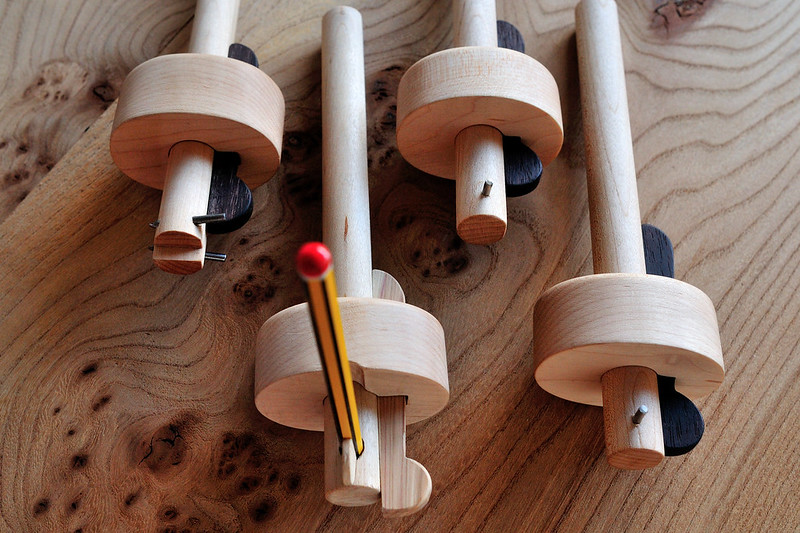Dovetaildave
Established Member
Hi Y'all,
Here I am buying handtools for the schools New D&T department.
I have found that nearly all of the copingsaws here are broken, most are actually missing their pins, ive never come across it before, those that have them are in a bad way.
looking through the invoices and figuring out who we have accounts with, i came across this http://www.axminster.co.uk/axminster-coping-saw-325001
Surprised me, that's for sure......Have I been doing it wrong all these years
Now it's been one of those days where you find oneself questioning everything, maybe being a little pessimistic after having spent a few hours trading emails with a moderator from an examinations board who speaks in tongues, and wont answer any short question in less than 200 words, naively I hoped for a simple yes or no. :x
So........Apologies if this has come up before but........
Now I'm looking at buying mortice gauges, quality ones with a brass thumbscrew for pin adjustment £35 ish
Question: should the plastic or brass disc/button locking bolt compress onto the brass lower pin strip, or should it go to the wood side?
I know which side I've been doing it one all these years, according to whether its a slider or thumbscrew types, and in one instance, (comparing myself, that is to the average photo on the web) surprisingly I do seem to be doing it wrong all these years. :shock: , saying that there seem to be others who have their chosen way too.




Anyone have a preference and why?
Apologies for over using the emoticons
Maybe I should have just gone to bed very early and put today behind me and not written this.
Here I am buying handtools for the schools New D&T department.
I have found that nearly all of the copingsaws here are broken, most are actually missing their pins, ive never come across it before, those that have them are in a bad way.
looking through the invoices and figuring out who we have accounts with, i came across this http://www.axminster.co.uk/axminster-coping-saw-325001
Surprised me, that's for sure......Have I been doing it wrong all these years
Now it's been one of those days where you find oneself questioning everything, maybe being a little pessimistic after having spent a few hours trading emails with a moderator from an examinations board who speaks in tongues, and wont answer any short question in less than 200 words, naively I hoped for a simple yes or no. :x
So........Apologies if this has come up before but........
Now I'm looking at buying mortice gauges, quality ones with a brass thumbscrew for pin adjustment £35 ish
Question: should the plastic or brass disc/button locking bolt compress onto the brass lower pin strip, or should it go to the wood side?
I know which side I've been doing it one all these years, according to whether its a slider or thumbscrew types, and in one instance, (comparing myself, that is to the average photo on the web) surprisingly I do seem to be doing it wrong all these years. :shock: , saying that there seem to be others who have their chosen way too.




Anyone have a preference and why?
Apologies for over using the emoticons
Maybe I should have just gone to bed very early and put today behind me and not written this.










































